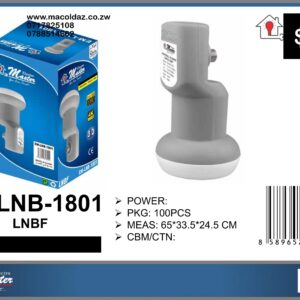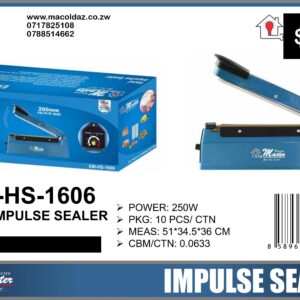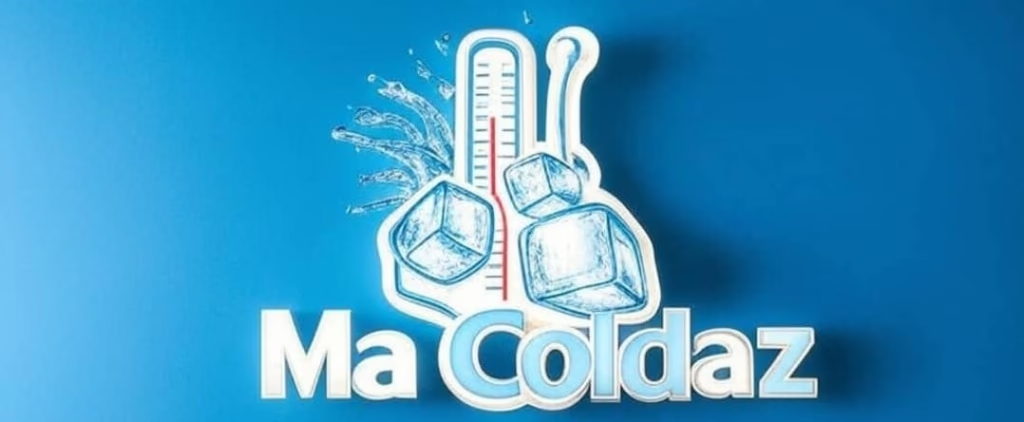In the realm of contemporary aesthetics, visual elements play a crucial role in shaping perceptions and conveying messages. Among these elements, framing and borders serve as fundamental tools that guide the viewer’s focus and establish visual hierarchy. Modern design increasingly leverages the sophistication of metal frames to enhance appeal, blending functionality with aesthetic excellence. This article explores the multifaceted role of metal frames, their material characteristics, psychological influence, cultural symbolism, and future innovations, illustrating their significance through practical examples.
- Understanding Metal Frames: Material and Design Characteristics
- The Psychological and Aesthetic Impact of Frames in Modern Design
- Symbology and Cultural Significance of Frames in Contemporary Contexts
- Case Study: The Gem Trio and Modern Design Aesthetics
- Enhancing User Experience with Metal Frames in Digital and Physical Interfaces
- Future Trends: Innovations in Metal Frame Design for Modern Aesthetics
- Non-Obvious Perspectives: Beyond Aesthetics—Metal Frames and Sustainability
- Conclusion: Synthesizing the Visual and Cultural Power of Metal Frames in Modern Design
Understanding Metal Frames: Material and Design Characteristics
Metal frames are distinguished by their durability, versatility, and distinctive visual qualities. Common materials include aluminum, stainless steel, brass, and titanium, each offering unique aesthetic and functional attributes. Aluminum, for instance, is lightweight and highly malleable, enabling intricate designs, while stainless steel provides robustness and a sleek, modern sheen.
| Material | Visual & Functional Qualities | Typical Applications |
|---|---|---|
| Aluminum | Lightweight, corrosion-resistant, matte or polished finish | Modern furniture, electronic casings, architectural accents |
| Stainless Steel | High durability, reflective sheen, textured options | Luxury fixtures, jewelry, high-end electronics |
| Brass | Warm tone, polished finish, patina over time | Decorative objects, jewelry, vintage-inspired designs |
The choice of metal influences not only the durability but also the emotional response of viewers. Metallic finishes—whether matte, brushed, or polished—affect how light interacts with the frame, thereby shaping perception and mood.
The Psychological and Aesthetic Impact of Frames in Modern Design
Frames serve as visual anchors, guiding viewers’ attention and establishing a clear hierarchy within a composition. Metal frames, with their sleek and often reflective surfaces, enhance this effect by creating a sense of precision and sophistication. For example, in product design, a well-crafted metal border can direct focus towards key features, making the product appear more refined and trustworthy.
The symbolism of metal extends beyond its physical properties. It evokes ideas of strength, modernity, and technological advancement. This association is why metallic finishes are prevalent in industries aiming to project innovation—such as consumer electronics, automotive design, and luxury branding.
“Metal frames do not merely enclose; they elevate the perception of the object, blending durability with modern elegance.”
Compared to traditional wooden or plastic frames, metal frames offer a contemporary edge, often associated with minimalism and high-tech aesthetics. Their clean lines and reflective qualities make them particularly suitable for modern spaces seeking a sleek and sophisticated atmosphere.
Symbology and Cultural Significance of Frames in Contemporary Contexts
In modern branding and design, symbols like the number 777 are employed to evoke luck, excellence, or exclusivity. When integrated with metallic framing, such symbols gain an added layer of cultural significance, emphasizing modern luxury and innovation. These elements operate as visual shorthand, conveying complex messages through simple, recognizable motifs.
Furthermore, metallic frames have become a cultural marker of high-end aesthetics, often associated with luxury jewelry, designer furniture, and premium electronic devices. Such associations reinforce the perception of quality and exclusivity, influencing consumer preferences.
In jewelry design, for instance, gemstone motifs like rubies are frequently combined with metallic frames to accentuate their richness and elegance. This integration enhances the visual impact while symbolizing passion, power, and sophistication. For example, a ring featuring a ruby set within a polished gold or platinum frame exemplifies how material and symbolism intertwine.
Case Study: The Gem Trio and Modern Design Aesthetics
The gem trio® serves as a contemporary illustration of how gemstone imagery can be effectively integrated with metallic framing to create visually compelling designs. Its aesthetic appeal lies in the harmonious balance between the lustrous gemstones and the sleek metal outlines, exemplifying modern elegance rooted in timeless principles.
Metal frames in this context do more than enclose gemstone motifs; they enhance the perceived value and sophistication of the design. The reflective surface of the metal amplifies the gemstone’s brilliance, while the frame’s structural integrity lends an aura of stability and luxury. This synergy demonstrates how the combination of materials elevates both aesthetic appeal and symbolic resonance.
Broader implications for design include the potential to merge gemstone imagery with metallic accents across various fields—jewelry, interior decor, and digital interfaces—creating a cohesive language of modern luxury.
Enhancing User Experience with Metal Frames in Digital and Physical Interfaces
In product design, metal frames contribute significantly to perceived quality and user trust. For example, the use of metal borders in high-end gadgets like smartphones or gaming consoles not only provides structural protection but also signals durability and sophistication. Such framing influences consumer perceptions, often correlating with premium quality.
In digital interfaces, metal framing can delineate interactive zones, improve visual clarity, and foster a sense of engagement. Features like animated borders or dynamic lighting effects that respond to user actions can further enhance this experience. For instance, a gaming interface with a metallic frame that glows during autoplay sequences can create an immersive environment, blending aesthetic appeal with functional interactivity.
Future Trends: Innovations in Metal Frame Design for Modern Aesthetics
Emerging technologies in metalworking, such as 3D printing and advanced surface finishing, are expanding design possibilities. Smart materials, capable of adaptive color change or shape-shifting, promise to revolutionize the role of metal frames in aesthetics and functionality. For example, coatings that alter sheen or texture in response to environmental cues could create dynamic visual effects.
Integration of these innovations is expected to heighten visual engagement, offering personalized and interactive experiences that seamlessly blend form and function. The evolution of smart, sustainable, and aesthetically versatile metal frames will likely define the next era of modern design.
Non-Obvious Perspectives: Beyond Aesthetics—Metal Frames and Sustainability
As environmental consciousness grows, the sustainability of metal framing becomes increasingly relevant. Recycling practices enable the reuse of metals like aluminum and steel, reducing ecological footprints. Additionally, innovations in sourcing—such as conflict-free metals—support ethical manufacturing.
However, the production of metal frames involves energy-intensive processes, which can have significant environmental impacts. Balancing aesthetic appeal with ecological responsibility requires adopting green practices, such as using recycled materials, optimizing manufacturing efficiency, and designing for longevity.
“Integrating sustainability into metal frame design is not just responsible—it’s essential for the future of modern aesthetics.”
Conclusion: Synthesizing the Visual and Cultural Power of Metal Frames in Modern Design
Metal frames embody a convergence of material innovation, psychological influence, and cultural symbolism. Their capacity to direct attention, convey strength, and symbolize modernity makes them indispensable in contemporary design. As technology advances, their aesthetic and functional potential will continue to evolve, shaping the visual language of the future.
Incorporating insights from examples like the gem trio®, designers can harness the enduring appeal of metallic framing to create objects that are not only beautiful but also meaningful and sustainable. The power of metal frames lies in their ability to connect form, function, and symbolism—making them a cornerstone of modern aesthetics.










 Home
Home  Whishlist
Whishlist  Compare
Compare  Checkout
Checkout